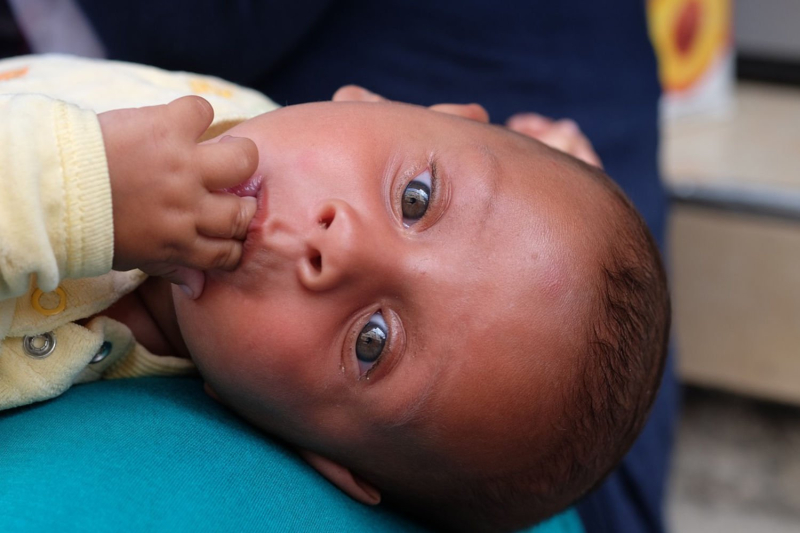
© Pixabay/ahmetfurkanonat
Cappella is not really an application like the others. Thanks to artificial intelligence and machine learning, the developers of this solution offer to “translate” the cries of a baby to understand the needs of the latter.
It is scientifically proven that an infant does not cry the same way if he is hungry, cold, or needs to be changed. Based on these changes which are difficult to perceive for the human ear (parents would have a deduction capacity of around 30%) Capella promises an effectiveness of 95%.
The company assures that its application, presented this week at CES in Las Vegas, is the perfect translator for understanding baby's cries. For the moment, the application is not available in France, but it could arrive during the year.
Important information to take into account all the same, this service is not free. The use of AI requires significant energy resources and Cappella intends to make its discoveries and research work profitable. You must therefore subscribe to a subscription of 10 dollars per month to have access to the application in the United States.
Other solutions exist
The idea of recognizing an infant's cries to better meet their needs is not new. Indeed, several applications and services have developed technologies in this direction. This is particularly the case with QBear+. This service also won an innovation award during the last edition of CES at the beginning of 2023.
Unlike QBear+, Cappella does not require the use of a third-party microphone to analyze a baby's sound. The simple microphone on your smartphone is precise enough to detect the frequency nuances in his voice and “translate”.
In addition to recognizing a baby's cries, the Cappella application has several features. It can function as a surveillance camera, but also as a diary for your baby. It is then possible to note your sleeping hours, or your different meals, a day-to-day monitoring which is recommended by pediatricians.
Translating babies, a scientific work
Numerous scientific studies have looked into the question of infant crying in an attempt to provide the most accurate translation possible. Today, the scientific community recognizes that all babies have their own language, but it is based on common ramifications, and can therefore be understood with a universal translator.
In other words, if your baby's language is unique, it will be composed of the same intonations as all other infants his age. A computer would then be able to understand, analyze and translate them.
📍 To not miss any news from Presse-citron, follow us on Google News and WhatsApp.
[ ]

